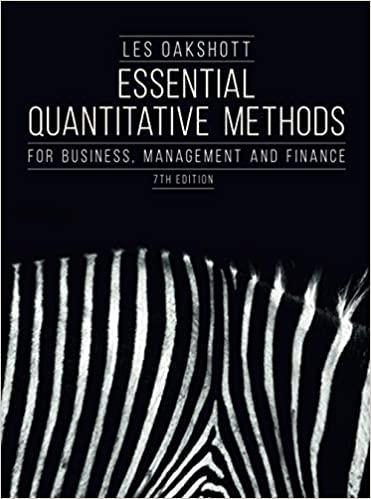Question
Team Meeting Worksheet for Observing Team Meeting Concepts from the course textbook should be applied to your observations and vice versa. Read and review assigned
Team Meeting Worksheet for Observing Team Meeting
Concepts from the course textbook should be applied to your observations and vice versa. Read and review assigned Finkelman chapters most closely. Schuster and Patterson readings /podcasts from weeks 1 through 5 are your other resources. Watch the video and answer the questions below.
https://youtu.be/jtYfqJygKVU
Team background
Brief history: name,
Function: What is its purpose or goal
Type of team: what do you observe to indicate either formal, informal, self-directed
Location: hospital, long-term care, outpatient, school, health department or other
Environment of the meeting:on site, off site, room size appropriate for the size of the team, distractions,
Leader:
What position in the organization is the leader
Characteristics observed of the leader
Responsibilities of the leader
What tasks is leader carrying out and responsible for the meeting
Followers:
How many on the team and how many are at the meeting:
What professions are represented:
What tasks are the followers carrying out and responsible for the meeting
(recorder, observer, resource, timekeeper, other)
Team Development:
What behaviors or communication do you observe that indicate a forming, storming, norming, performing stage of development. Be specific
Team Motivation:
what do you observe that shows what drives the team to achieve their goal
what theory fits your observations on motivation?
what do you see the team leader doing to empower the team?
Relationships between members:
What do you see that reflects the relationships between team members?
What contributed to team spirit?
What did you see that showed team felt empowered?
What influence do you see the leader or any of the followers using to affect the relationships?
What barriers do you see that affect relationships
Communication related to the meeting - any of the following
Observations of the lines of communications: downward, upward, diagonal, lateral
Types of communication used: oral, written, records, face to face, storytelling, use of information technology (video conferencing or webex)
Observations related to gender or cultural factors/issues
Observations that exemplify the communication process (sender, encoding, message, receiver, noise)
Observations on verbal and nonverbal
Observations of common meaning or shared understanding
Barriers: observe any poor listening, judgmental, opinionated, defensive, jumping to conclusions, personal criticism, being secretive, lack of feedback, too much information, others
Collaboration related to the team and meeting
What do you see that shows partnership interdependence, collective ownership and responsibility: sharing information, problem solving, decision making, reports, good outcomes, finish on time, efficient use of resources
What do you see that shows lack of partnership, interdependence, collective ownership and responsibility: poor participation, no actions, poor outcomes, no reports, other
Collaboration skills observed: communication, awareness of other's feelings, negotiation, assessment, problem solving
Barriers to effective team work
Observations that relate to the barriers listed in the Finkelman chapter
from the above can be used for this
Step by Step Solution
There are 3 Steps involved in it
Step: 1

Get Instant Access to Expert-Tailored Solutions
See step-by-step solutions with expert insights and AI powered tools for academic success
Step: 2

Step: 3

Ace Your Homework with AI
Get the answers you need in no time with our AI-driven, step-by-step assistance
Get Started


